I m/Material
What was it
about ? ![]()

Though movement and dance has existed for ages and made inroads into our cultural and social sphere, cinema is a relatively new phenomenon to have happened to the art world. And there lies significant differences between the two forms. But we humans didn’t stop there and chose to dive further by marrying the two. Though dance film – or screen dance, however contentious the terms may be – has evolved in the Western sphere over the last few decades, India hasn’t seen an equal level of involvement. So when Dr. Lliane Loots, Artistic Director and Curator of JOMBA! approached Pickle Factory to curate an Indian Dance Film Series as a part of ‘Indian Crossings’ that features dance and movement works by Indian dance makers for the Digital Festival 2021 , we didn’t think twice. Particularly at a time when performers and dancers – grappling to come to terms with the ‘new normal’ where there isn’t a live physical audience – have started taking baby steps on to the screen space and in the process create works that don’t limit themselves within borders.
Carefully treading the path we chose to question ourselves in the first place about the emergence of the new form and what it means in the Indian context. Instead of going for an open call, we sifted through films made in the past decade by dancers or performers. And that opened a trove for us. The curation, named I m / Material, finally had works from a wide range of places – Chennai, Manipur, West Bengal, Punjab, Delhi etc. The films with most of them being made on shoestring budgets brought out a varied range of emotions in a medium quite new to the makers while raising pertinent questions altogether. The films which were live for 72 hours on JOMBA!’s youtube channel for the viewers was followed by a conversation between Dr. Lliane Loots and the curators – Vikram Iyengar and Kunal Chakraborty.
Curatorial
Statement ![]()
I m / Material presents a series of dialogues between the mediums of dance and cinema created by artists from / in India. Each film plays between the materiality of the physical body and the materiality of the spaces the bodies inhabit and encounter. The dancers and filmmakers negotiate these various spaces through movement, opening up tensions and textures between natural and man-made environments, elements and expectations. In the process, they propose yet another fluid space created between and with the dance-maker’s and the filmmaker’s eye. The relationships between the dancing body, the camera and the surrounding contexts are diverse, fluid, and complex – reflective of a country where socio-cultural borders are never static, and traditional and contemporary sensibilities often occupy the same time/space.
Films ![]()
“The series explores many aspects of the human experience- from the tactile and emotional, to the external circumstances that render many helpless. We are not provided with solutions or conclusions but an experience and an invitation to witness, empathize and sometimes, make our own meaning.”
from Love, Time and Pain by Sanam Sitaram
Aahuti
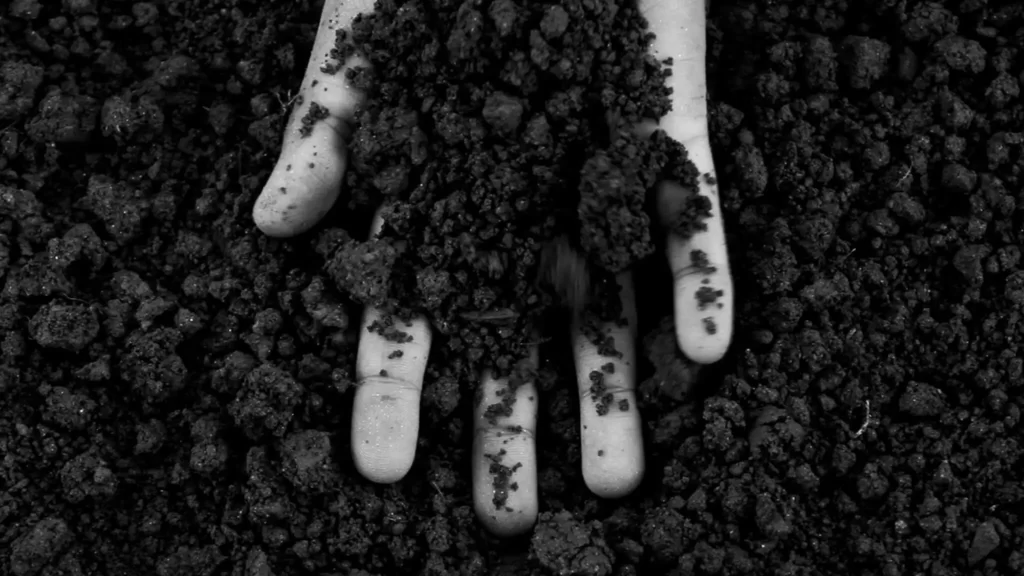
The concept of Panchabhuta – 5 elements – is central to Indian speculative thought. A group of people, in a fictional space and time, performs a ritual to evoke the essence of these fundamental elements of existence. Mudras (hand gestures) become the vehicle in the act of offering whereas Naad (Sound) becomes pivotal in the exploration of life and beyond.
And indeed there will be time
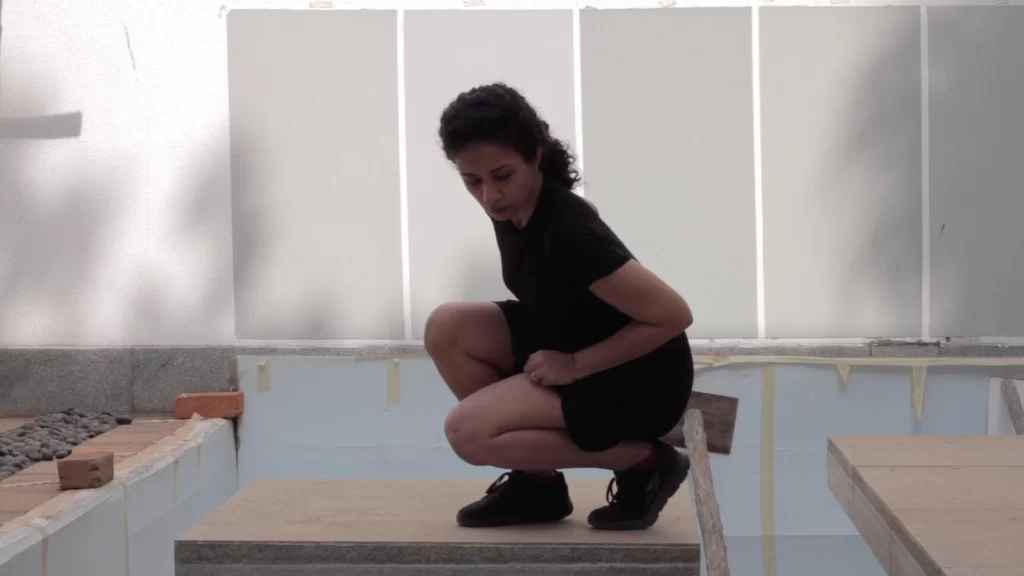
And Indeed There Will Be Time… is a conversation between space, time, and matter with dancer Preethi Athreya and filmmaker Sharan Devkar Shankar. Created as a response to an abandoned renovation site, the film looks at space as being defined by the actions it has witnessed as much as by the materiality of its construction. The moving body is at once a presence, an absence, a memory and a catalyst, in conversation with an in-between space, in an in-between time and as such, a sign of the times we are all inhabiting – a somewhere in a nowhere, even as we try to understand logically and emotionally what we are moving towards.
Ima – an ode to the divine mother
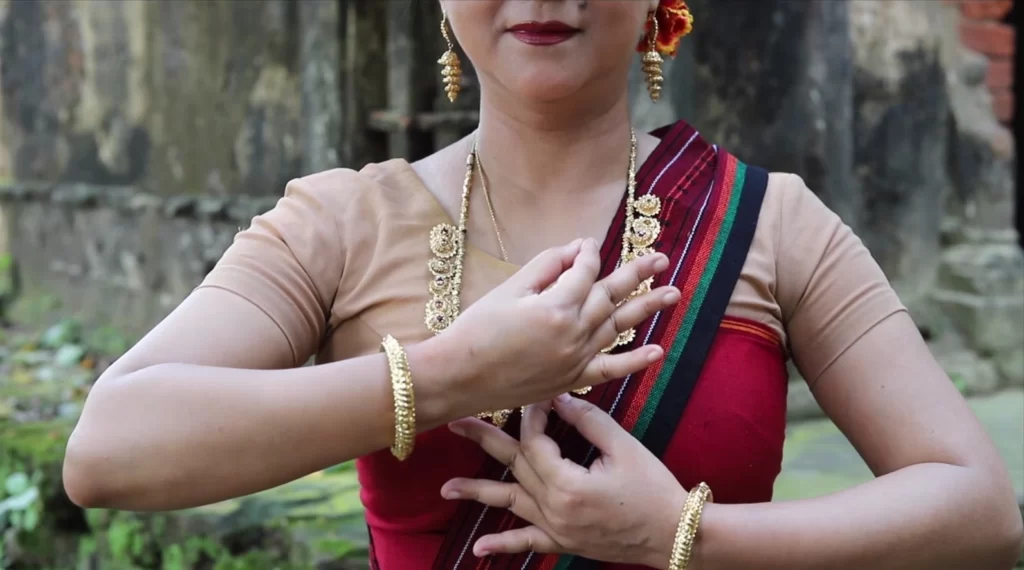
Manipur is popularly associated with Vaishnavism and the performing traditions revolving around the life of Lord Krishna. However, Manipur being a part of the Himalayan Tantric belt, Shakti cult also plays a vital role in shaping the land’s cultural edifice.
There are several ritualistic performances that celebrate the divine energy of the Universal Mother.
Panthoibi Seithaba are ballads describing and invoking the Goddess Panthoibi, the pre-Hindu goddess (akin to Durga), worshipped by the Meiteis of Manipur.
Various sacred and ritualistic dances with the sword and spear which signify the victory of righteousness over evil are performed by Thang ta (martial art of Manipur) artistes at various times of the year.
Excerpts of these performing traditions have been incorporated in the composition which is based on the hymns from the holy scripture Shri Shri Chandi that extols the divinity and majesty of Chandi, the powerful form of Durga who had appeared to destroy all evil.
Home, Suspended

In India during the last five decades, more than 50 million people have been uprooted from their homes due to development-induced displacement. The displaced persons are mostly asset-less rural poor like landless laborers, small farmers, tribals, Dalits, and Adivasis. For the sake of national interest and development, these millions bear witness to the destruction of their own lives and livelihoods with bleak hopes of rehabilitation or settlement. This short film captures the unsettling experience of displacement and homelessness transformed into a state of suspension.
Home, Suspended is part of SitaaurGita Films – an ongoing movement-based video series on the sociopolitical factors of India. The series attempts to illustrate the social, political & cultural fabric and investigate how deeply they are intertwined. The issues addressed, though pan-Indian in their discourse, have been showcased in an urban middle-class perspective. Started in 2015, the series has four films to date. Each film is shot with four constants – two female performers, in public space, address a socio-political issue, in under 120 seconds.
Saraab

Saraab, which means Mirage in Farsi is a screen dance film that stems from a very personal story of losing a beloved one. The feeling of being neither in the real world that surrounds you nor in your dream creates a space of in-betweenness. Bouncing between the two makes an illusion of reality, a bittersweet emotional experience. Saraab also attempts to capture the feeling of constant fluctuation between imaginary spaces where one feels the departed, but also the real spaces in which they miss their presence. How does one communicate the absence of something or someone? How is the invisible visualized? Saraab goes beyond physicality and talks about feelings, observations, and emotional attachments to the departed, to the beloved one.
Fall
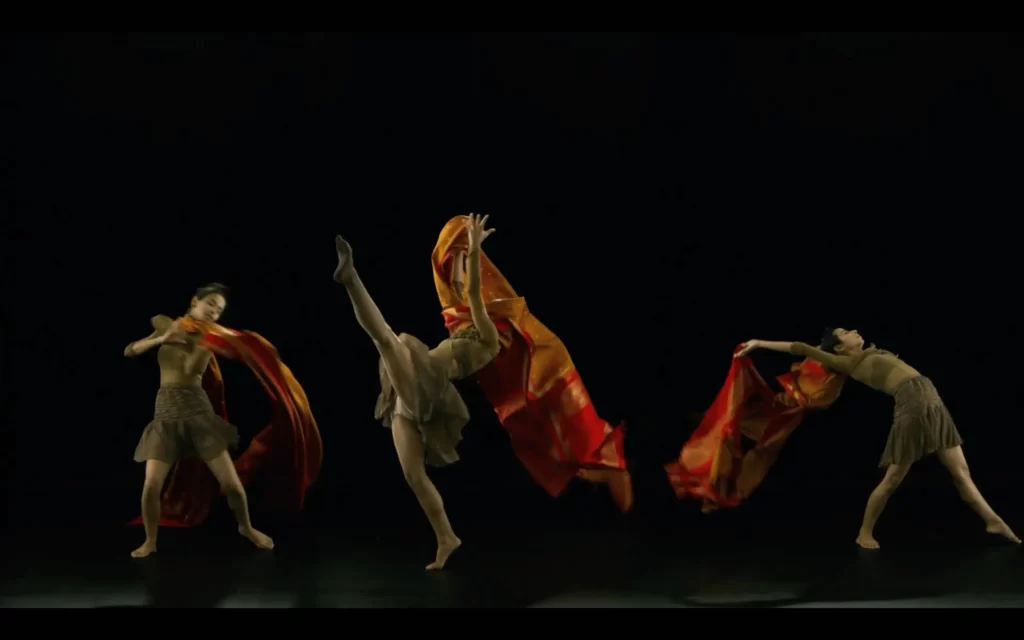
The themes of love and longing are explored in the three-part series that weaves together poetry, movement, dance, and film technique with the sari as the central object of affection. The films trace the arc of romance between dancer and sari, drawing on the subtle nuances of emotion; the joys of falling in love, and the brief moments of separation when the lovers pine for one another. The storyline moves through the many stages of love and longing—from playful flirtation (Part 1: Close, Closer), to yearning for togetherness (Part II: Push, Pull), climaxing in a union of the lovers (Part III: Envelope).
The use of reverse film as a storytelling device in Fall has a powerful, almost surreal, effect on the narrative. Prefacing each segment of the triptych is an extract of Akam poetry from Tamil classical Sangam verse. Rooted in ancient oral traditions, the style is known for its raw beauty and the depth of feeling contained in each line.
In Fall, the sari transforms from a costume or embellishment into a living thing, a character in the narrative. The dancer interacts with the kanjivaram drape, taking the sari out of its traditional role in the classical arts, and giving it new freedom, and a revisited emotional context. In the end, the kanjivaram flows back into a form that is familiar to us; in a sense, coming full circle.
This Weight is not Mine
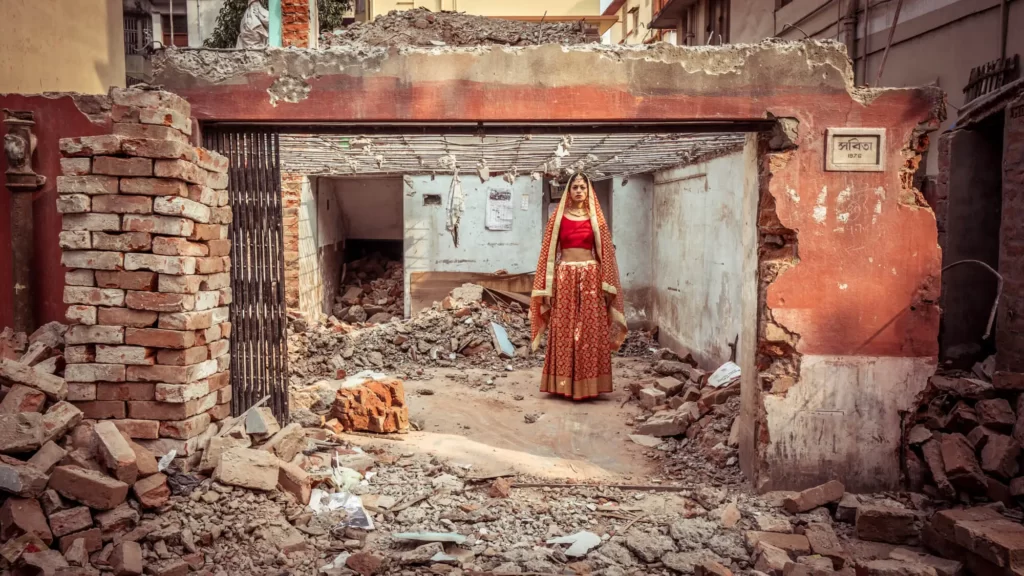
This weight is not mine
These expectations
Placed on me
On the body into which I was born
By traditions built
Over history
Into societies
Ruled by men
This body is not yours
To command or own
To pillage or plunder
To sell or steal
These legs were not made this strong
Simply to please your eyes
This film is a signal
That change is in the air
A beacon to empower
To reclaim
To heal
To awaken
And to rise up
We can be more than this.
Underline

One line of tension revealing an unallocated and fragmented landscape, which will slowly charge a body with all of the energy it contains.
Pickle Factory Dance Foundation, Calcutta is a not-for-profit
company registered under Section 8 of The Companies Act, 2013.
The company was incorporated on 12 July 2017.

